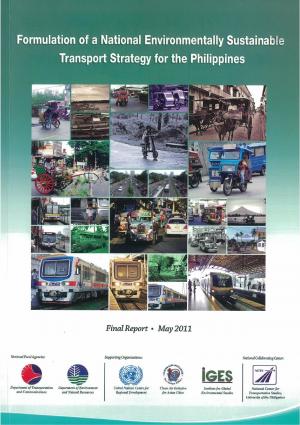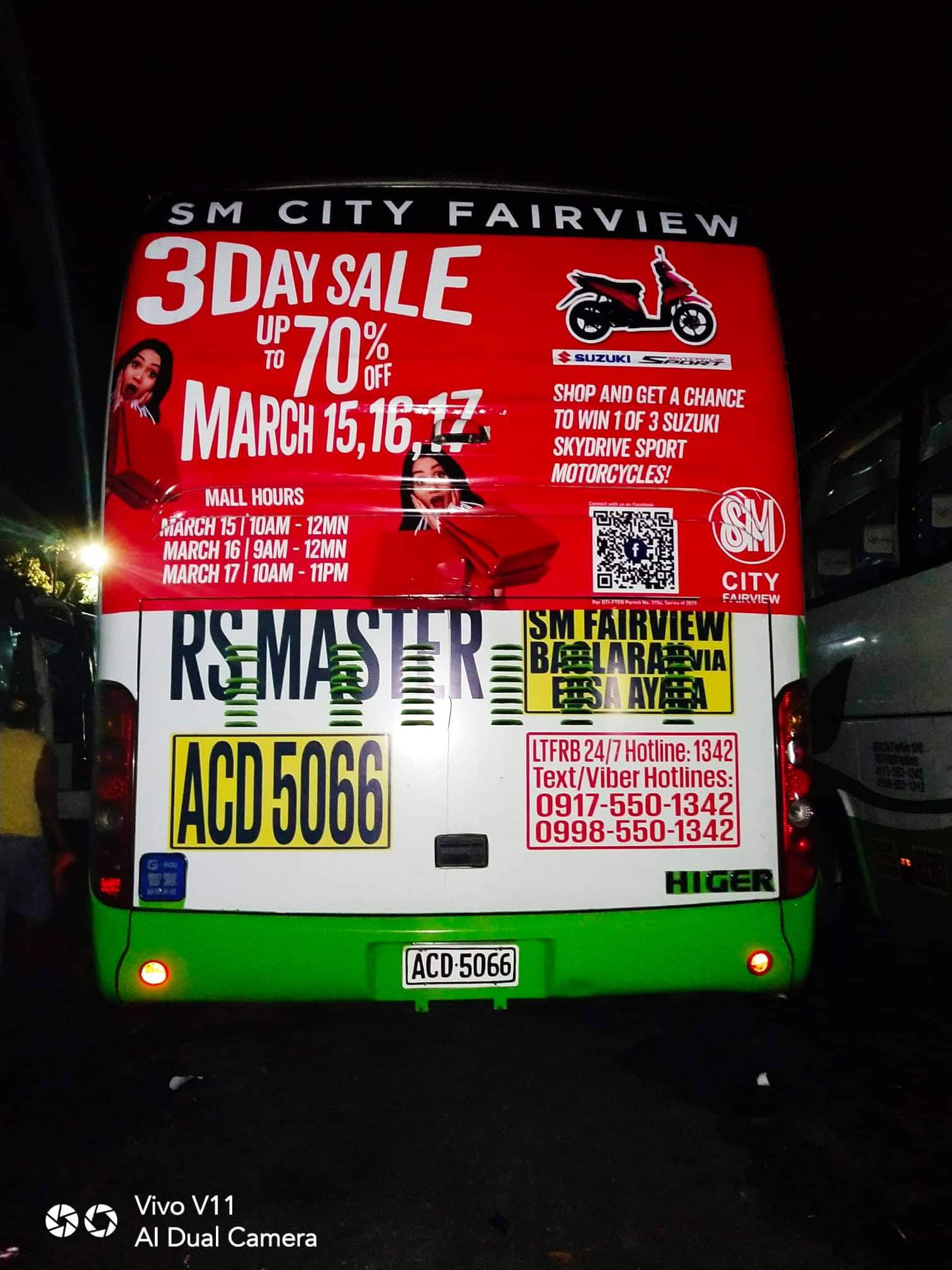Budget-friendly Transit Advertising Philippines for Brand Recognition
Budget-friendly Transit Advertising Philippines for Brand Recognition
Blog Article
Just How Transportation Advertising Can Transform Public Transportation Spaces Into Dynamic Advertising Platforms
Transportation advertising holds significant possibility to redefine public transport spaces right into vivid advertising and marketing systems that educate and involve. By making use of cutting-edge formats such as interactive kiosks and digital screens, brand names can not just reach a diverse target market yet likewise boost the overall traveler experience. This strategy develops an unique opportunity for brands to get in touch with consumers in a setup that is typically ignored. As we discover the multifaceted benefits and advancing strategies of transit advertising and marketing, it increases the question of how this change might redefine our interactions with both brands and the city setting.
Benefits of Transit Advertising

Additionally, transit marketing is extremely cost-efficient contrasted to traditional media. It allows advertisers to accomplish high perceptions at reduced prices, optimizing return on financial investment. The restricted audience of commuters provides a chance for brands to communicate their messages to people who are frequently receptive during their travel times.
In addition, the vibrant nature of transportation advertising enables projects to be upgraded frequently, ensuring that messaging remains relevant and prompt. This adaptability can be essential in reacting to market fads or advertising events, maintaining the brand name top-of-mind for consumers. Finally, the pervasive presence of transit marketing contributes to brand name recall; repeated exposure within acquainted traveling contexts enhances brand name awareness and promotes customer loyalty, eventually driving sales and enhancing brand name track record.
Kinds Of Transit Advertising And Marketing
Mass transit systems offer various formats for advertising and marketing, each dealing with different advertising methods and target market involvement methods. One prominent type is external bus and train wraps, which cover the entire lorry and produce a mobile billboard result, enabling for high visibility in city environments. These covers can capture interest as they go across active streets, reaching a varied audience.
One more prominent format is indoor advertising, which consists of posters, digital displays, and advertisements on transportation seats. These placements engage passengers throughout their trip, reinforcing brand name messaging in a restricted space. Digital shows, in particular, use the advantage of dynamic material, allowing advertisers to update messages in real-time.
Station advertising and marketing is likewise substantial, including posters, banners, and interactive booths within transit stations. These advertisements utilize foot traffic and can target details demographics based on place.
Finally, promotional collaborations with transportation authorities can bring about special campaigns, such as themed transit experiences or events, boosting the total engagement with commuters. Each type of transit advertising supplies distinctive benefits, enabling brands to tailor their approach to successfully reach their target market within the public transport ecological community.
Engaging Travelers Effectively
Travelers are progressively flooded with advertising messages throughout their day-to-day travels, making it essential for brands to engage them in cutting-edge methods. To capture interest in this jampacked room, marketers should focus on creative thinking and significance. Utilizing attractive visuals and succinct messaging can dramatically boost the probability of interaction.
Interactive aspects, such as QR codes or increased reality functions, can additionally transform fixed advertisements right into immersive experiences, promoting a much deeper connection with the target market. Brands ought to concentrate on resolving commuters' requirements and passions, customizing messages to reverberate with their way of living, whether via promotions for local businesses or solutions designed to boost their travelling experience.
In addition, timing plays a vital role; strategically positioning ads during top travelling hours can take full advantage of exposure and effect. Involving travelers properly likewise entails leveraging social media assimilation, allowing travelers to share their promos or experiences straight from transportation systems, thereby magnifying brand reach.
Fundamentally, effective involvement depends upon recognizing the commuter journey and developing compelling, interactive, and appropriate advertising and marketing experiences that not only record focus but also drive action and commitment. By doing so, brand names can change mass transit into More Help a dynamic advertising platform that reverberates with its target market.

Measuring Advertising And Marketing Impact
How can brand names accurately evaluate the performance of their ad campaign in transit environments? Gauging the impact of transportation advertising calls for a complex technique that combines qualitative and quantitative metrics. One widespread method is tracking engagement via mobile analytics, where brands can evaluate foot website traffic patterns and app communications in the past, throughout, and after projects.
Surveys can provide valuable insights right into brand name recall and consumer belief, permitting brand names to assess how well their messages reverberate with travelers. In addition, keeping track of social media sites involvement relevant to details campaigns can expose changes in public perception and brand name conversation.

Moreover, collaborating with transit agencies can boost dimension precision, as they typically have detailed demographic data on ridership patterns. By integrating these approaches, brands can establish a detailed understanding of their advertising efficiency, making certain that their campaigns not just get to however also affect their target audiences effectively.
Future Patterns in Transit Marketing
A considerable change is prepared for in transportation advertising and marketing as technological innovations and changing consumer actions improve the landscape. Transit Advertising Philippines. The combination of electronic screens and multimedias is expected to enhance interaction, enabling brands to supply dynamic web content that reverberates with varied audiences. As public transportation systems embrace wise technology, advertisers will utilize real-time data analytics to tailor messages based upon traveler demographics and habits
Moreover, augmented truth (AR) is positioned to reinvent the way travelers communicate with advertisements. By giving immersive experiences, AR can change a mundane journey into an appealing narrative that records focus and fosters brand loyalty. This development will likely urge advertisers to develop more experiential campaigns that drive consumer communication.
Sustainability is another important trend affecting transit marketing. As ecological awareness expands, brands will increasingly look for to align with environmentally friendly practices, using sustainable materials and advertising green initiatives within their campaigns.
Conclusion
To conclude, transportation marketing provides considerable advantages by boosting brand visibility and involving a restricted target market. Via different layouts, such as outside wraps and electronic screens, it changes mass transit right into a lively marketing platform. Reliable engagement approaches and durable dimension methods even more intensify its impact. As patterns advance, the capacity for ingenious communications in between brand names and commuters is positioned to grow, ensuring that transit marketing stays a vital element of modern advertising and marketing methods.
Transportation why not try here marketing holds substantial capacity to redefine public transport spaces into vibrant marketing systems that inform and engage. The pervasive visibility of transit advertising and marketing contributes to brand name recall; repeated exposure within acquainted travel contexts enhances brand name understanding and cultivates consumer commitment, eventually driving sales and improving brand name track record.
Exactly how can brands precisely examine the efficiency of their marketing campaigns in transportation environments?In final thought, transit advertising uses substantial benefits by Clicking Here boosting brand name exposure and involving a captive target market. Transit Advertising Philippines. As patterns evolve, the potential for ingenious communications in between commuters and brand names is poised to grow, making certain that transit advertising stays a crucial element of modern advertising techniques
Report this page